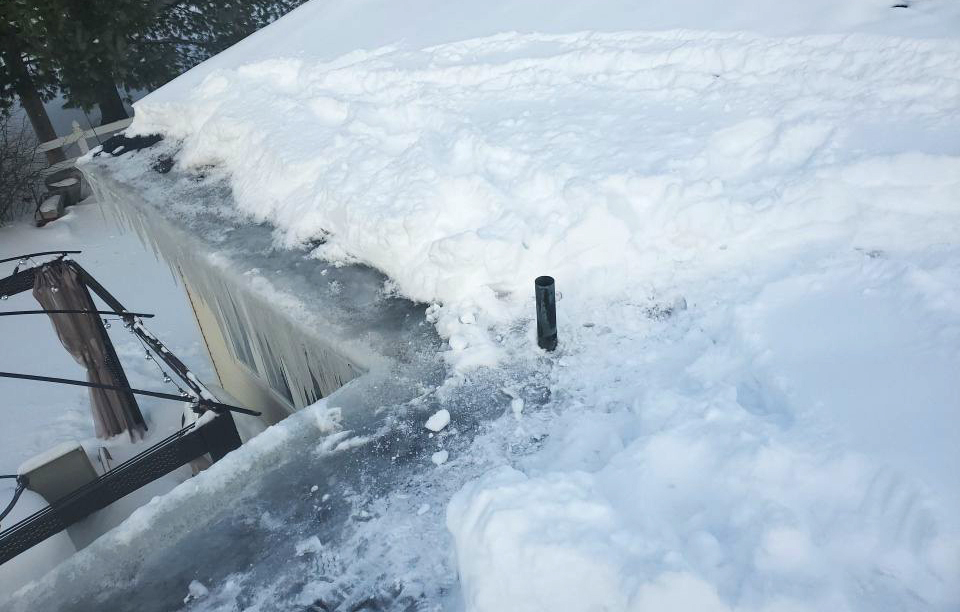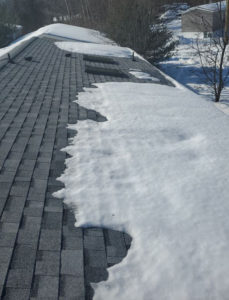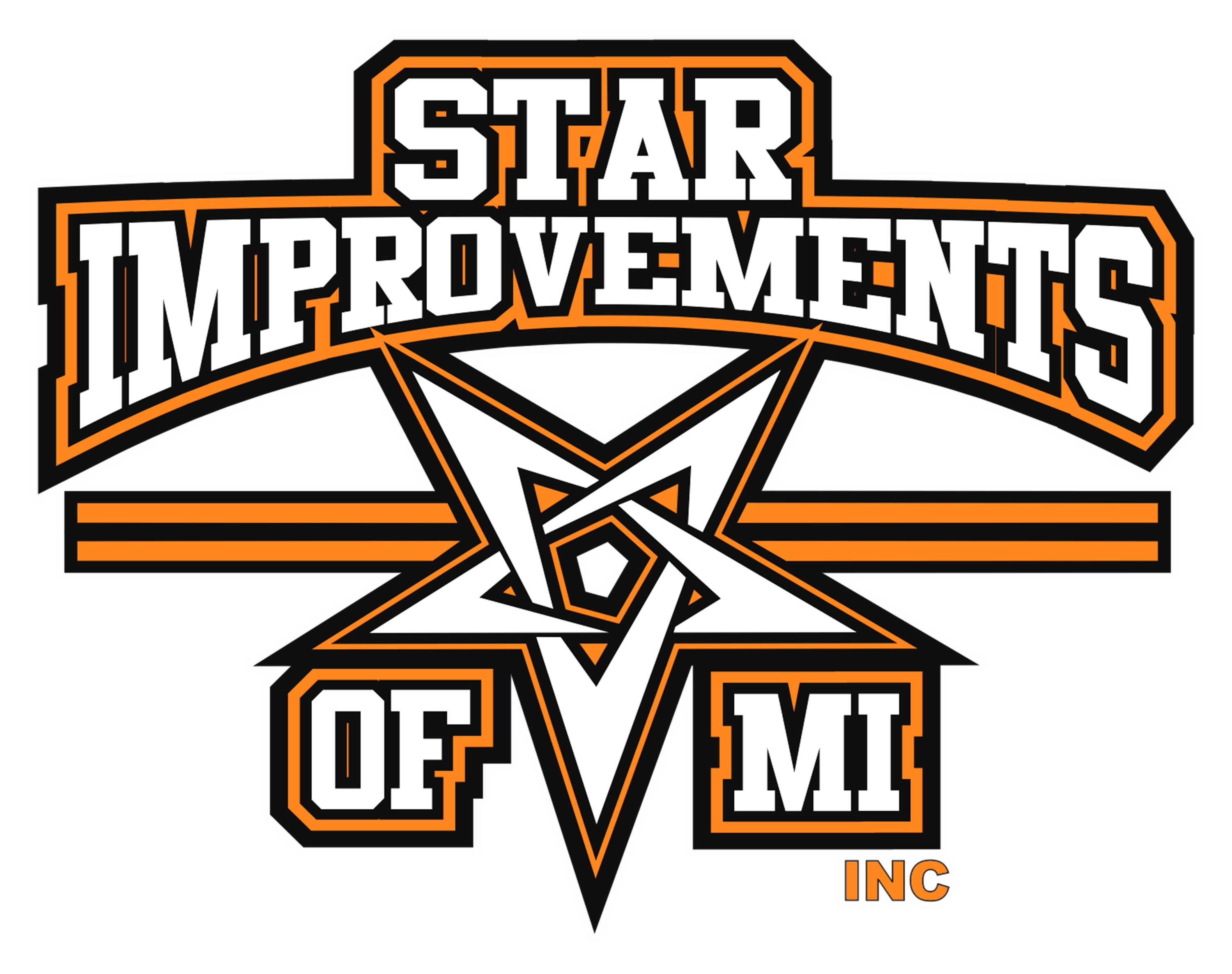Baby it’s cold outside: Winter Roofing

Roofing emergencies happen, usually when we least want them to. Here in Michigan, that would be over those cold winter months. Snow build up, ice dams, leaks… they all put your roof to the test and if you’ve been holding off, it might just bite you when you need that roof the most. While warmer temperatures are ideal for roofing, barring extreme cold, winter roofing can be tackled.
Sure it’s beautiful, but snow is no joke when it comes to your roof.
White fluffy snow. Sparkling icicles. The smoke from chimneys and smells of wood-burning furnaces. Michigan winters can feel holiday movie perfect. However, temperatures and precipitation are more like a horror movie for a roof.
- Snow weight – It all seems so light and fluffy. But it builds up and anyone whose had to shovel it knows how heavy it gets and fast. That weight as it grows can strain your roof. In worst cases, it can even cause a collapse, making emergency replacement necessary.
- Ice Dams – On the higher portions of your roof, snow and ice can melt in the sun and warmth coming from your home and that water flows to the gutters… or it’s supposed to. Low spots in a failing roof or clogged or improperly hung gutters can stop that water from leaving your roof. With it’s preferred exit blocked, that water can find a way into cracks and joints and into your attic. The water may also refreeze as the lower portions of your roof remain below freezing, lifting shingles & flashing, damaging gutters / soffit & fascia, and it adds extra weight.
- Mold & Mildew – Remember that water creeping in we just mentioned? A warm attic and dampness are a recipe for problems and that can potentially harm your health and cost you significantly to remediate. Proper ventilation is a must, but if water is consistently getting in, it would be an ongoing fight.
Winter conditions require a different plan. A good contractor used to the seasons here knows what to do. There’s benefits and risks of course, safety measures, and keeping the materials warm whenever possible. The most common type of shingles on a home in our area are Asphalt Shingles. Generally they need above 40 degrees Fahrenheit for normal installation. Below 40 they can become brittle, crack, and break. Fiberglass shingles, metal roofing, and wooden roof shakes are other alternatives but they can also have their own issues at the colder temperatures. For this post, we’ll concentrate on Asphalt Shingles as they are what most homeowners are familiar with.

Aside from breakage, the other primary concern with the materials in cold weather is the shingles sealing. Asphalt shingles are usually made to be thermally-activated. Heat and pressure are needed. The weight of the shingles themselves is sufficient, but they need warmth to bond. They will still seal below 40 degrees but they have a hard time doing so. Hand sealing with roofing cement might be needed to ensure bonding in those colder temps. Once warmer weather sets back in, the shingles will seal themselves with their own adhesives.
As an experienced roofer, we know there are other factors to take into account in cold weather. Our equipment may need to be adjusted such as the air pressure of our nailing guns. We might have to hand nail. Shingles cannot be bent and cutting may be more difficult.
Here in Michigan we know, snow and ice are dangerously slippery. A roofer falling is a very real concern, even under the best conditions. Enough snow can also hide debris, vents, and skylights, making injuries and damage more likely. The weight of a snow covered roof can exacerbate an already potentially unstable structure. An experienced winter roofer will have increased safety precautions which may make the job take longer, but it also ensures the wellbeing of the crew as well as the quality of the work.
While it seems daunting, a damaged roof should never wait until warmer weather to repair. Once that snow starts to melt, water WILL find it’s way into your home and cause untold damage to your biggest investment. Concerned your roof might be in need of some TLC? Contact us now and we’ll be happy to come take a look! We roof as long as weather allows and estimate bookings all year.
